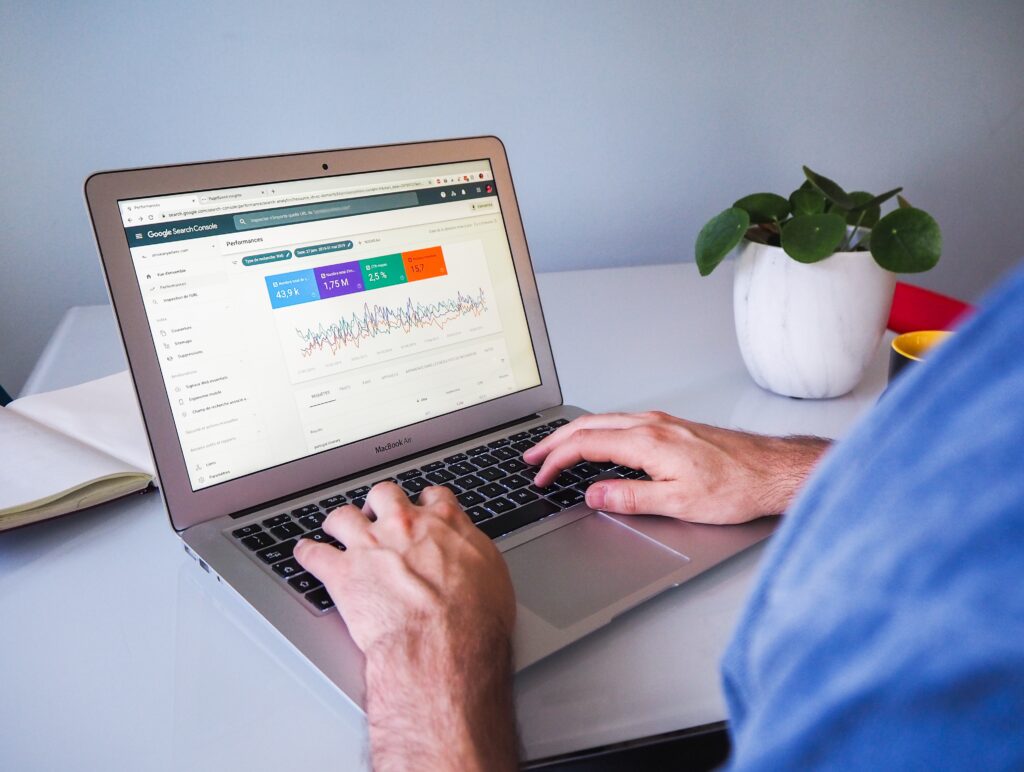On-Page SEO Optimization for Blog Posts
Drive Free Traffic From Google on Autopilot
On-Page SEO Optimization for Blog Posts

On-Page SEO Optimization for Blog Posts: A Crash Course
In the ever-evolving world of Search Engine Optimization (SEO), on-page optimization remains a fundamental and crucial aspect of improving your blog’s search engine rankings. When done right, on-page SEO can significantly enhance your blog post’s visibility, attract targeted organic traffic, and ultimately boost your website’s authority. In this article, we’ll explore the best practices and proven methods to optimize your blog posts for search engines, along with some useful tools to streamline your on-page SEO efforts.
Conduct Comprehensive Keyword Research
Keyword research serves as the foundation of any successful on-page SEO strategy. It involves identifying relevant keywords and phrases that your target audience is actively using to search for information related to your blog post’s topic. Use keyword research tools like Google Keyword Planner, SEMrush, or Ahrefs to discover high-traffic keywords with moderate competition.
Pro Tip: Optimize your blog post for a primary keyword and include related long-tail keywords throughout the content for better relevance and search visibility.
Craft Engaging and SEO-Friendly Titles
Your blog post’s title plays a crucial role in attracting both readers and search engines. Create a compelling title that accurately reflects the content and incorporates your primary keyword. Aim for a length of around 50-60 characters to ensure it appears fully in search results.
Pro Tip: Use power words, numbers, or emotionally appealing language to entice readers to click on your blog post.
Write High-Quality and Comprehensive Content
Search engines value high-quality, informative, and comprehensive content that addresses the needs and queries of your audience. Aim to create in-depth blog posts that provide valuable insights, actionable tips, and detailed explanations related to the topic.
Pro Tip: Longer content tends to perform better in search rankings. Aim for blog posts with a word count of at least 1,500 words, but prioritize quality over quantity.
Optimize Meta Tags
Meta tags, including meta titles and meta descriptions, are essential elements for on-page SEO optimization. Your meta title should include your primary keyword and be compelling to entice clicks. The meta description should be a concise summary of your blog post and include relevant keywords.
Pro Tip: Avoid duplicate meta tags across multiple blog posts, as this can negatively impact your search rankings.
Use Header Tags (H1, H2, H3) Properly
Organize your blog post’s content using header tags (H1, H2, H3, etc.). The H1 tag should include your main headline and primary keyword. Subheadings (H2, H3) should break down the content into easily digestible sections.
Pro Tip: Ensure that your header tags are relevant and create a logical structure for your blog post.
Optimize Images for SEO
Images not only enhance the visual appeal of your blog post but can also be optimized for SEO. Use descriptive filenames and include alt text that incorporates your target keyword, as search engines cannot “see” images but rely on alt text to understand their context.
Pro Tip: Compress images to improve page load speed, as faster-loading pages are favored by search engines.
Implement Internal and External Linking
Internal linking helps search engines understand the structure of your website and establishes relationships between different pages. Include links to relevant internal blog posts or pages within your content. Additionally, incorporate authoritative external links to reputable sources that support your content.
Pro Tip: Use descriptive anchor text for internal and external links, providing additional context to both readers and search engines.
Mobile Optimization is Essential
With mobile usage surpassing desktop, optimizing your blog post for mobile devices is no longer optional. Ensure your blog is mobile-responsive, with easily readable text and well-structured layouts.
Pro Tip: Use Google’s Mobile-Friendly Test to evaluate your blog’s mobile compatibility.
Useful On-Page SEO Tools:
Yoast SEO: A popular WordPress plugin that provides real-time content analysis, readability checks, and on-page SEO suggestions.
Moz On-Page Grader: Offers comprehensive on-page analysis and recommendations to improve your blog post’s SEO performance.
Google PageSpeed Insights: Analyze your blog’s loading speed and receive suggestions to enhance page performance.
On-Page SEO Optimization For Blog Posts Helps Drive Traffic & Overall Website Authority
On-page SEO optimization for blog posts is a powerful strategy to improve your search engine rankings and attract a targeted audience. By conducting thorough keyword research, crafting engaging titles, writing high-quality content, optimizing meta tags, using header tags effectively, and implementing internal and external linking, you can significantly enhance your blog post’s visibility.
Additionally, don’t forget the importance of mobile optimization and utilizing helpful SEO tools like Yoast SEO, Moz On-Page Grader, and Google PageSpeed Insights to streamline your efforts and achieve optimal results. Embrace these best practices, and your blog posts will be well on their way to achieving higher rankings and increased organic traffic.